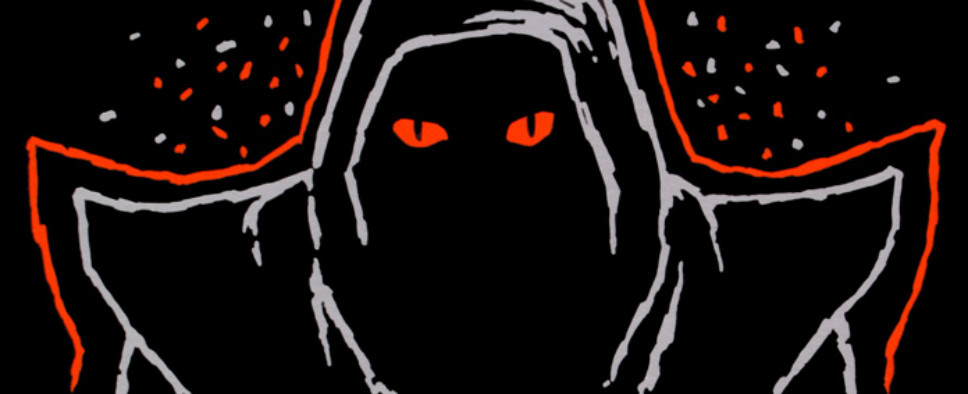Making Bigger, Badder Dungeons
-
Category: News ArchiveHits: 1397

Taking a break from his work on Frayed Knights 2: The Khan of Wrath, Jay Barnson has blogged about the challenges of "making bigger, badder dungeons" along with the video games and tabletop modules that have both inspired and entertained him in this regard over the years. I find myself nodding in agreement to most of what he has to say:
I was thumbing through Frog God Games' Tome of Adventure Design the other day (an outstanding reference to kickstart your creativity when building adventures) and came across this quick vertical sketch of a dungeon complex, and immediately thought, (Yeah, that's how it ought to be!) Several levels, different themes, all linked together in a giant complex. But it was more than just the idea of a big honkin' dungeon. It had the (right ideas) in ways I'll get to in a minute.
I don't have a hard-and-fast definition for what constitutes a really big dungeon, but if one location (with multiple levels) dominates a computer RPG, it would count. Games that come to mind are the first five Wizardry games, Ultima Underworld, the Darklight Dungeon series, The Temple of Elemental Evil, Dungeon Master, the Eye of the Beholder series (at least 1 and 2), Torchlight 1, Diablo 1, Legend of Grimrock, and many (most?) roguelikes.
On the tabletop front, some of the titles that come to mind would be (obviously) The World's Largest Dungeon (AEG), the Tomb of Abysthor (Necromancer Games) (Now included in Lost Lands: Stoneheart Valley by Frog God Games), Rappan Athuk (Necromancer Games / Frog God Games), Dragons Delve, Ruins of the Dragon Lord (Mongoose Publishing), and Expedition to Undermountain (Wizards of the Coast). Sadly, Gary Gygax's attempt to recreate his legendary Castle Greyhawk campaign with Castle Zagyg ended prematurely with his death, and the first parts are no longer on the market.

